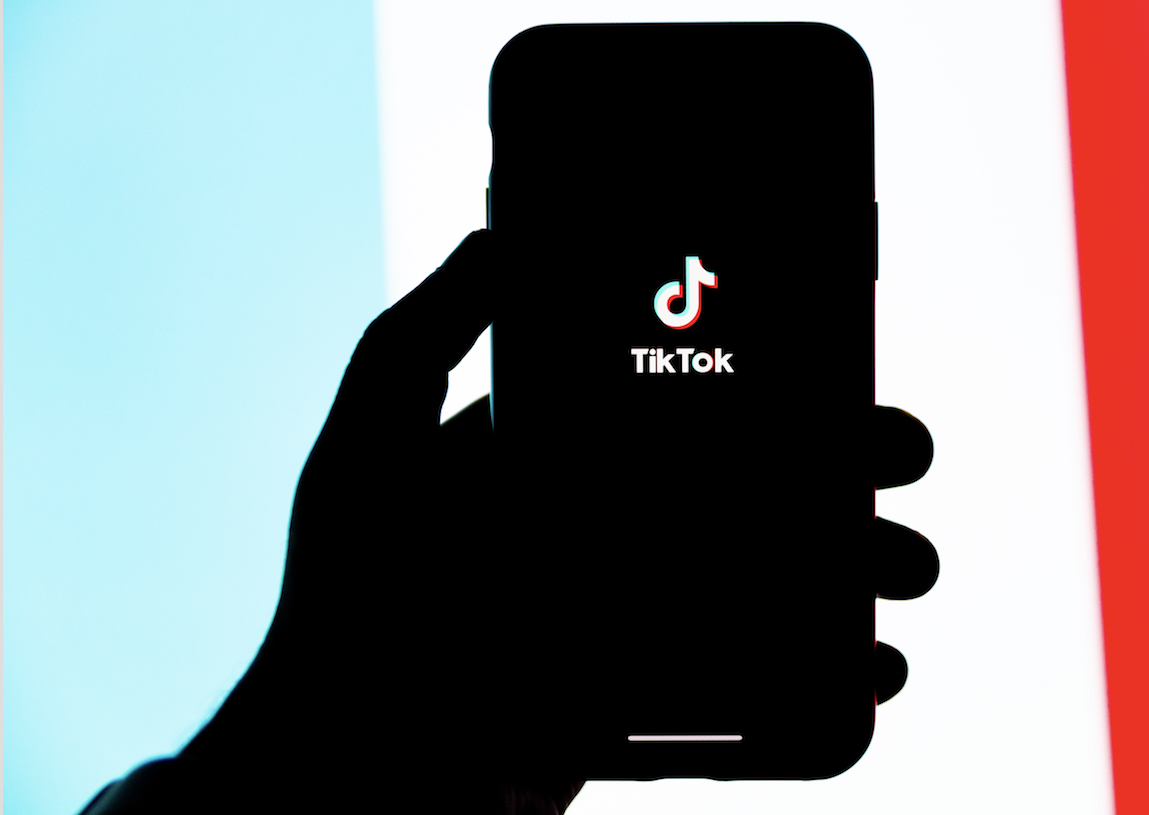![]()
TikTok, a phone app known for being a venue for lighthearted lip-syncing and dance videos, has become the largest hub for young people to learn about social justice and global news today. Users across the U.S. and the world have come to use TikTok as a means to explore their political identity, share thoughts on present social movements as well as gain knowledge concerning the state of their world.
The New York Times, in its article “TikTok Is Shaping Politics. But How?” points to the political evolution of the app from its beginnings under the name Musical.ly to its apex this year concerning matters such as the Black Lives Matter movement, the mass false-registration drive for one of President Trump’s rallies and awareness for immigrants at the Mexico-U.S. border. Young people use the platform to craft videos that effectively– and often emotionally– drive home their points about these topics. The New York Times points to TikTok’s unique style and captivating space as one of the powerful aspects that drives its memorability and traction, according to the following excerpt from the article:
“They [videos about activism] carry TikTok’s distinctive and wide-ranging audiovisual vernacular: often playfully disorienting, carefully edited, arch and musical. It has been suggested by many, including The New York Times, that TikTok teens will save the world.”
While there is not much to be contested about the informational acumen of the app, the question of its efficacy remains: Can activists on TikTok actually see change enacted? The answer is overwhelmingly yes.
The New York Post, among other newspapers, relayed a poignant example of this. A Georgia cop, Michael Oxford, was removed from his post upon being filmed in a viral TikTok video tasing an unarmed Black woman on her porch. The incident was captured on the homeowner’s surveillance cameras and then uploaded to the app.

TikTok users are taking advantage of the newfound accountability of posting videos of injustice to make a point and create change. Users have shared multiple instances of police brutality, resulting in investigations for numerous police officers throughout the country.
However, the stream of information on TikTok has not flowed unobstructed. At the movement’s zenith, multiple reports of video suppression surrounding the hashtags concerning racial issues occurred.
NPR covered the glitch, and, according to the media organization, “As protests began to sweep the nation, black creators noticed that videos tagged #GeorgeFloyd or #BlackLivesMatter were hard to find, or looked as though no one had watched them despite a torrent of views … TikTok insists that is not what happened in the U.S. In an about-face, the company apologized and blamed the problem on a ‘technical glitch.’”
Similar debates about the value of expression and healthy political identity take place on to the campus of John Brown University. Seth Billingsley, senior political science major, expressed his concern over certain forms of social media activism in his Instagram story post, stating, “Friendly reminder that not supporting the BLM institution is not racism. Black Lives Matter; institutional criticism is crucial, no matter the institution.” The concern from which this post stems is that if there is not space for all voices within social movements and political proceedings, there can be no truly helpful decision made. A marketplace of ideas, vast and diverse, may be the best avenue for change, and there is no better place to see that social media bazaar than TikTok.
Photo courtesy of Solen Feyissa
Posted by Natalie Rogers
